I raced down the Skytrain’s steps as I saw the red bus pull up with number 47 emblazoned at the top. I gasped as I made it right as the driver squeaked open the doors.
All the Thais stared at me as I stepped up the stairs and searched for a seat, or a free railing to grab onto in the midst of fellow sweaty commuters. The Thais were probably wondering what a white girl was doing on a bus going to the Bangkok suburbs, at 7:30p.m. when most farangs (foreigners) stuck to the Bangkok streets.
Most farangs probably wouldn’t spend an hour traveling outside of Bangkok to see someone after getting off work at 7 p.m. and having to work the next day. But I wasn’t going to see just anyone. I was going to see Dominic—my Thai boyfriend who became my Thai fiancee and now is my Thai Hubby.
And I was going to eat some amazing Pad Thai.
Thankfully there was a market across the street from Dom’s quaint studio apartment that he shared with his roommate. I was usually so hungry by the time I arrived that after I stepped off the bus we would stroll to the lively maze of vendors and meander around with clasped hands and stars dancing in our eyes.
One of my favorite vendors in the market was the Pad Thai vendor. Unlike in America, Pad Thai isn’t found at every restaurant in Thailand, and the most popular way to get it is from Pad Thai street vendors.
Certain vendors spend their whole lives cooking only Pad Thai, and as a result become renowned experts. This is why most Thais never make Pad Thai at home, since they can get it on the street so cheap, and it’s so good.
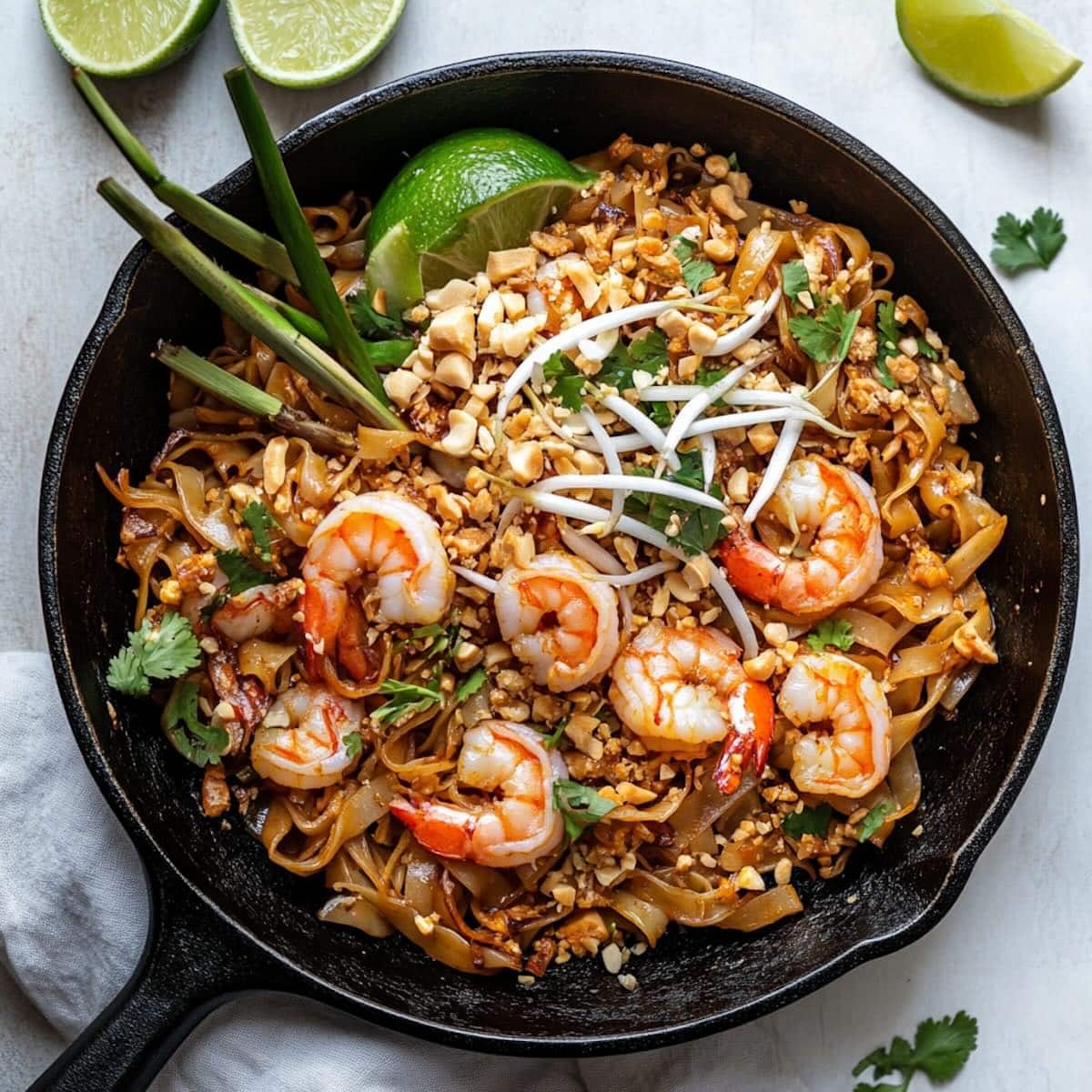
Our favorite Pad Thai vendor in the market was a woman with kind eyes whose wrinkled face always wore a bright smile, even when sweat poured down her tanned face from the 110 degree heat. She usually wore a dark blue visor over her pulled back black hair, a flowery bright muumuu type dress, and a strawberry red apron.
But she usually would give me a long stare like most other vendors, wondering why this little white girl was holding hands with a Thai guy, which was hardly seen in the suburbs or even on Bangkok sidewalks.
Her sauce wasn’t too sweet like some vendors’, the noodles weren’t mushy or dry—it was smooth and slippery and flavorful and alroy mak (so delicious). Back then, I never liked the mini dried shrimp found in legit Pad Thai though (even though I do now), so Dom would always ask her to leave it out and roll his eyes at my silly American girl ways.
She would slide the steamy masterpiece in a small styrofoam container, place some banana fronds on top and fresh Chinese garlic chives and put it in a small white, plastic bag.
Then Dom and I would walk back across the street to his apartment and have our romantic dinner Thai-style on the floor. The scent of tamarind perfumed the air as we ate, and my heart pitter-pattered as I gazed at my strong, sweet, handsome Thai man.
As I started to yawn an hour or so after my last bite, Dom would walk me to the bus stop. We would wait together under the bright city lights, sweating from the heat, until the bus pulled up, kiss farewell, and I would climb up the bus steps back to Bangkok.
As I looked out the smudged window of the empty, quiet bus and watched him walk back towards his place, my always heart felt heavy. I always wished I never had to leave him.
And now my wish came true—and I didn’t even have to leave the Pad Thai behind. I now make it for us in our log cabin in Boone, and we still eat it romantically, now at a big farm table with our four kiddos around us, but my heart still pitter-patters when I look at my strong, sweet, handsome Thai man.
Pad Thai Recipe
I know many Americans love Pad Thai, and its one of their favorite Thai dishes, so I hope this Pad Thai recipe helps you make it at home!
I learned the best Pad Thai methods through this awesome five part Pad Thai series on shesimmers.com. If you want more in-depth descriptions on this Pad Thai recipe, go there.
Want more info on other Thai noodle dishes? Here you go dear:
- Pad Thai vs Pad See Ew: Which Thai Noodle Dish Is Right for You?
- Pad See Ew vs Pad Kee Mao: Key Differences Explained
- Pad Woo Sen Recipe
And if you’d like to learn how to make Pad Thai in person, come to my Thai cooking class in Boone, NC! My Pad Thai with Shrimp recipe is always on my Thai cooking class menu!
Have fun making it, share it with me at Instagram @thaifoodie, and one day I hope you can get Pad Thai made for you from an authentic Pad Thai street vendor in Bangkok and experience it like you never had before—and fall in love all over again.
Print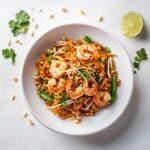
Pad Thai Recipe
- Total Time: 45 minutes
- Yield: 2-3 1x
- Diet: Gluten Free
Description
Longing for Pad Thai from a street vendor in Bangkok, but your only option is to make it at home? I feel ya, that’s why I’m sharing my legit Pad Thai recipe with you dear!
Ingredients
- 8 oz. package of dry, medium width rice noodles (preferably made in Thailand) or 8 oz. of fresh rice noodles
- 2 tablespoons pickled radish*, chopped
- 2 servings of shrimp of choice, peeled and de-veined, tail off or on, whatever you prefer (or another protein of choice)
- 1 cup of fried tofu, or extra firm tofu cut into 1in. long by 1/4 in. wide-ish strips
- 2 shallots, finely chopped
- 4 garlic cloves, minced or smashed in a mortar and pestle
- 2–3 tbsp coconut oil for stir-frying, or oil of choice
- 2 eggs, beaten
- 1/2 c. of fresh Chinese garlic chives or green onions cut into 2 in. pieces*
- 1 c. of fresh bean sprouts
Sauce
- 1/3 c. tamarind pulp*
- 1/4 c. of water
- 1/2 c. brown sugar
- 1/2 c. of palm sugar finely chopped*
- 1/4 c. fish sauce
Toppings to have on the table
- sugar
- dried Thai red pepper flakes
- crushed peanuts
- 1 lime quartered
- extra fresh bean sprouts
- extra fresh Chinese garlic chives
Instructions
- If you have fresh rice noodles (my fav!), soak them in room temperature water for around 30 minutes before cooking and an hour if you have dry rice noodles. Make sure the water is not hot or your noodles will clump up into a pile of mush when cooked.
- Once a noodle can easily wrap around your finger, they are ready to be stir-fried. Drain noodles and have them ready to go by the pan.
- Prepare your sauce by letting the tamarind pulp sit in the lukewarm water for about 10 minutes. Then squish the pulp in your hand and get out all the massive seeds and strings. Only use enough water to help you squish it. You want the paste nice and thick.
- Put the tamarind paste in a small pot with the sugars and fish sauce. Stir over medium heat until the sugars dissolve. Taste the sauce. Does it need a more savory taste? Add fish sauce. More sweet? Add sugar. More sour? Add tamarind paste.
- If you have one, use a large cast iron pan to make the Pad Thai in. In Thailand, many Pad Thai chefs use a flat surface to cook noodles to help with not having too much moisture in the noodles. If you don’t have one, use whatever large pan you have.
- Warm coconut oil in pan. Add garlic and shallots and stir until fragrant.
- Add the shrimp or whatever protein you are using. If using shrimp, keep a close eye on them since they cook so quickly. Once they are pink and no longer translucent take them out and place them on a plate immediately to prevent them from shrinking up too much.
- Add more oil and garlic to the pan. Stir a few seconds until fragrant and add the beaten eggs and scramble until cooked through.
- Make sure your sauce is right next to your Pad Thai pan. I like to have a ladle in it, so it’s easy to add the sauce to the noodles.
- Add more oil to the pan if needed. Place two servings of noodles in the pan, and add a ladle or so of the sauce. The key to Pad Thai is the noodles, and you do not want your noodles mushy with too much moisture, so add the sauce slowly, as needed.
- Keep the noodles spread out in the pan as much as possible and add just enough sauce until the noodles are soft to touch and have soaked it up. If the noodles still don’t seem cooked, add a little water until they are cooked.
- When the noodles are soft, add the tofu, pickled radish, shrimp, chives and bean sprouts and mix it up and turn off the heat.
- If you think it needs some more sauce or certain flavors, add more.
- Make sure you have extra fresh bean sprouts, and fresh chives, crushed peanuts, lime, dried Thai red pepper flakes, sugar and fish sauce on the table, and add to your delight to each individual serving.
- Enjoy!
Notes
*If you use these ingredients your Pad Thai will taste more authentic, but if you don’t use them, it will still taste yummy, don’t fear.
*If you can’t find palm sugar, use more brown sugar. If you can’t find fresh green chives, use green onions.
*If you can’t find tamarind pulp or don’t want to make your own tamarind paste, you can buy tamarind paste at an Asian store. But usually its more watery than when you make your own, so you need to be extra sure you don’t add too much to the noodles. Soggy Pad Thai is not fun!
- Prep Time: 30 minutes
- Cook Time: 15 minutes
- Category: Thai
- Method: Stir-Fry
- Cuisine: Thai
Nutrition
- Serving Size: 2-3

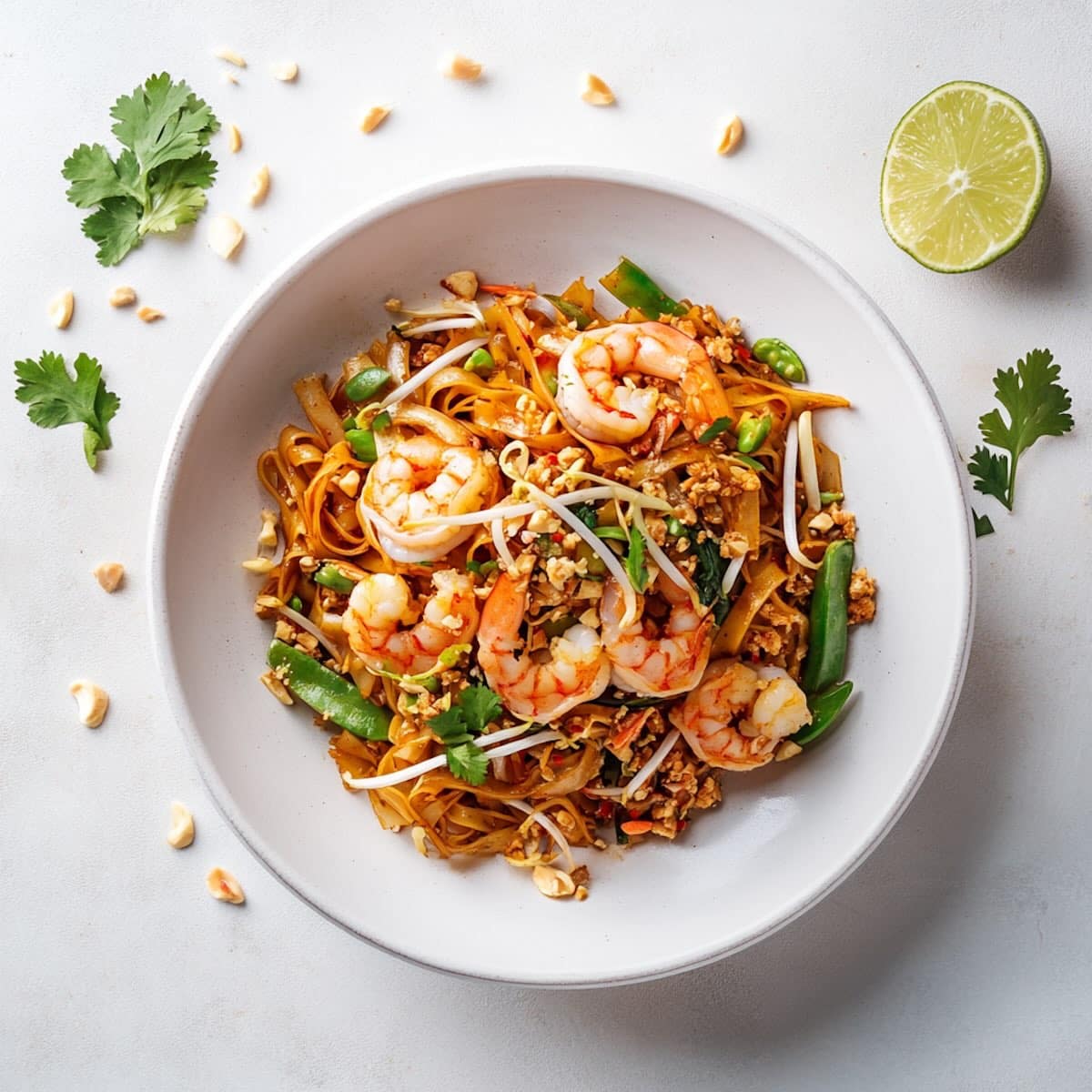
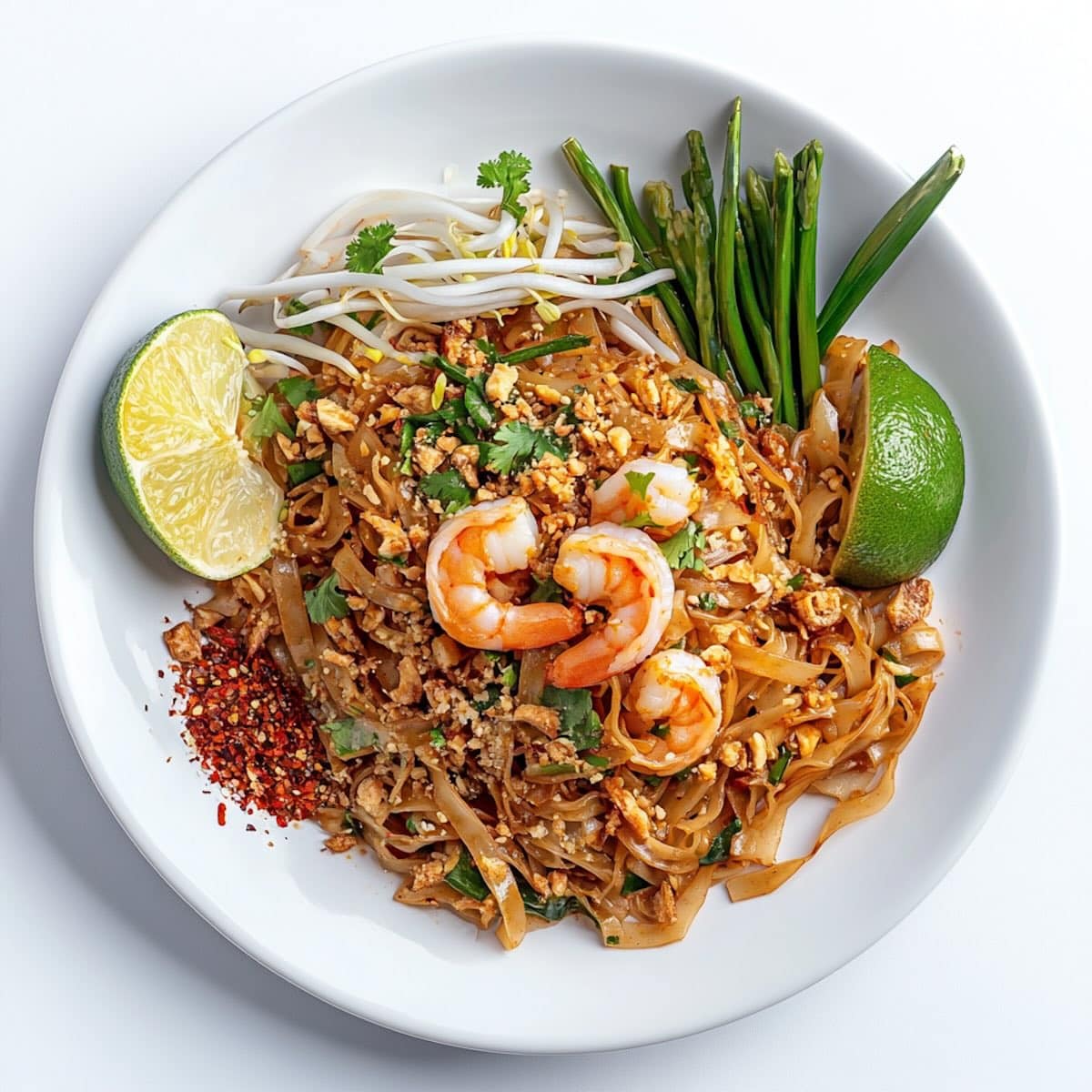
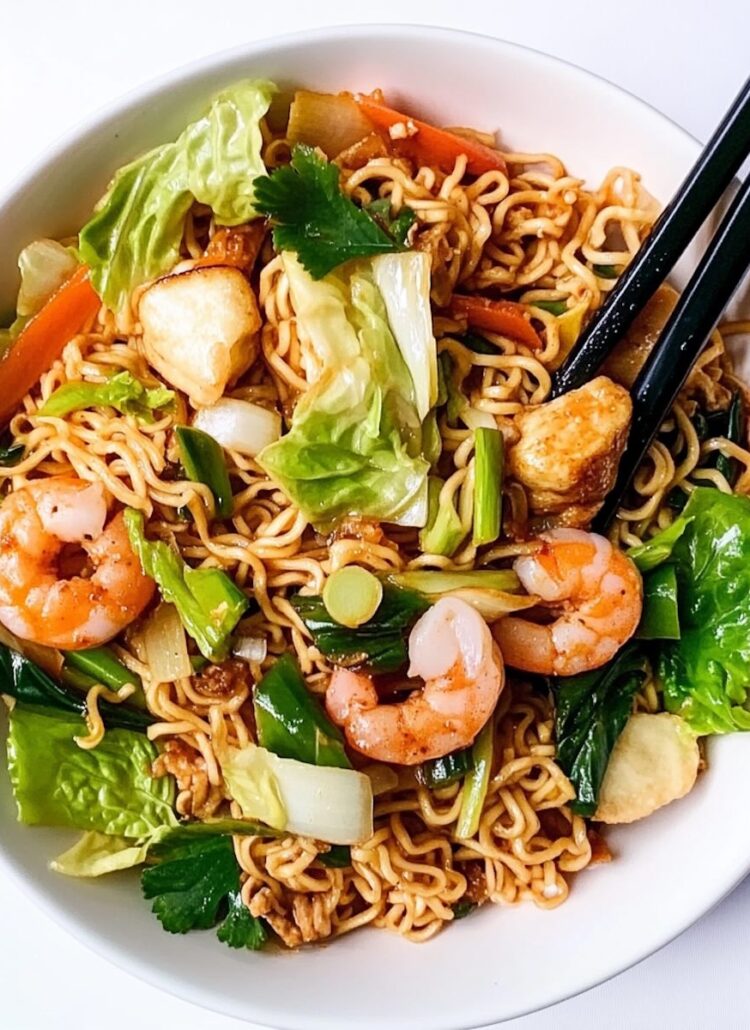
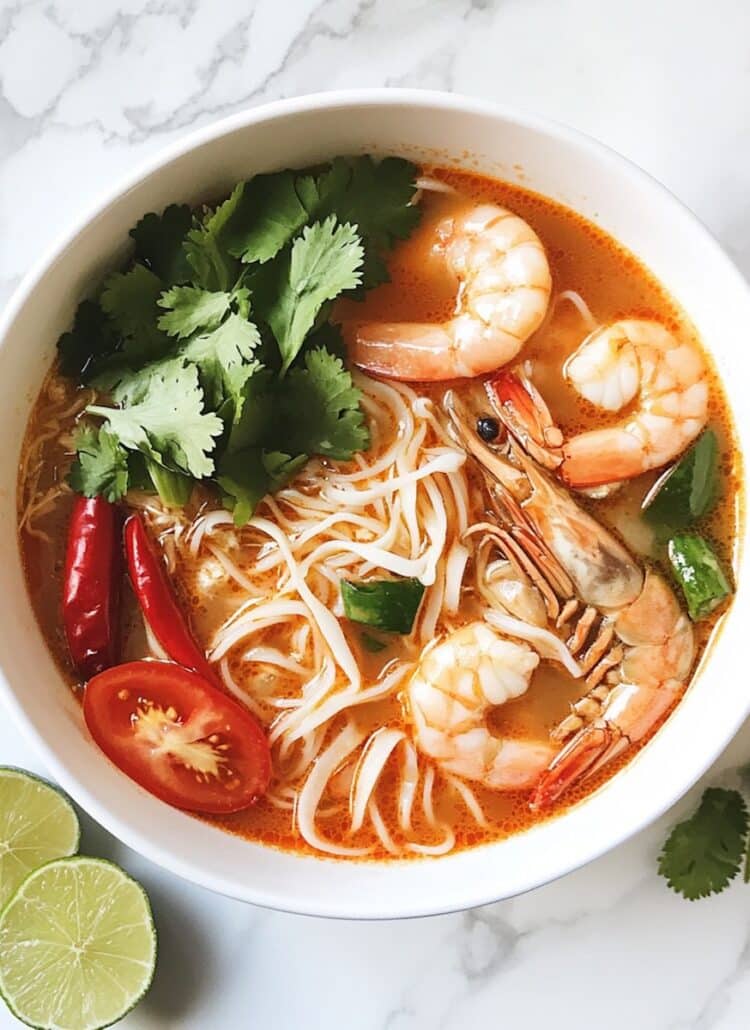
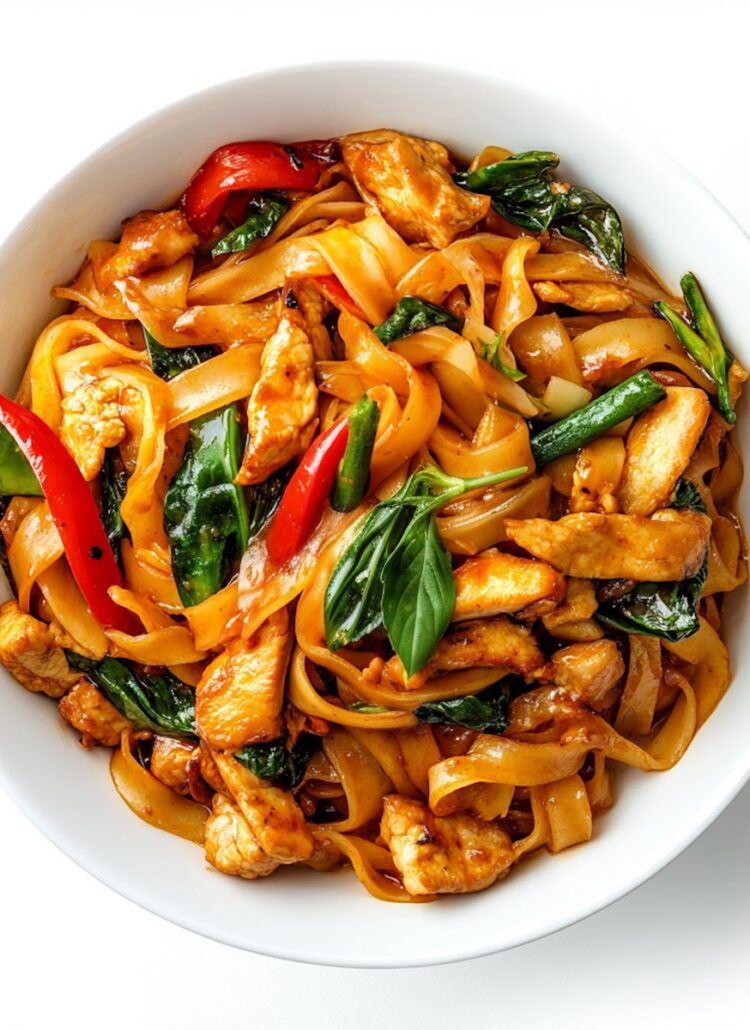
If i can’t find any tamarind paste in Jackson Hole, is there anything I can substitute, or a mixture I could whip up?
Great question Erin! The tamarind paste is the sour flavor in pad thai sauce, so I would recommend using lime juice if you can’t find tamarind. You can order it on Amazon too!
Sherri – this recipe is absolutely delicious! Would recommend it and your cooking classes (where we first learned to make this Pad Thai) to anyone! 🙂
Yay! So glad you enjoyed the recipe Laura and for your kind words! 🙂